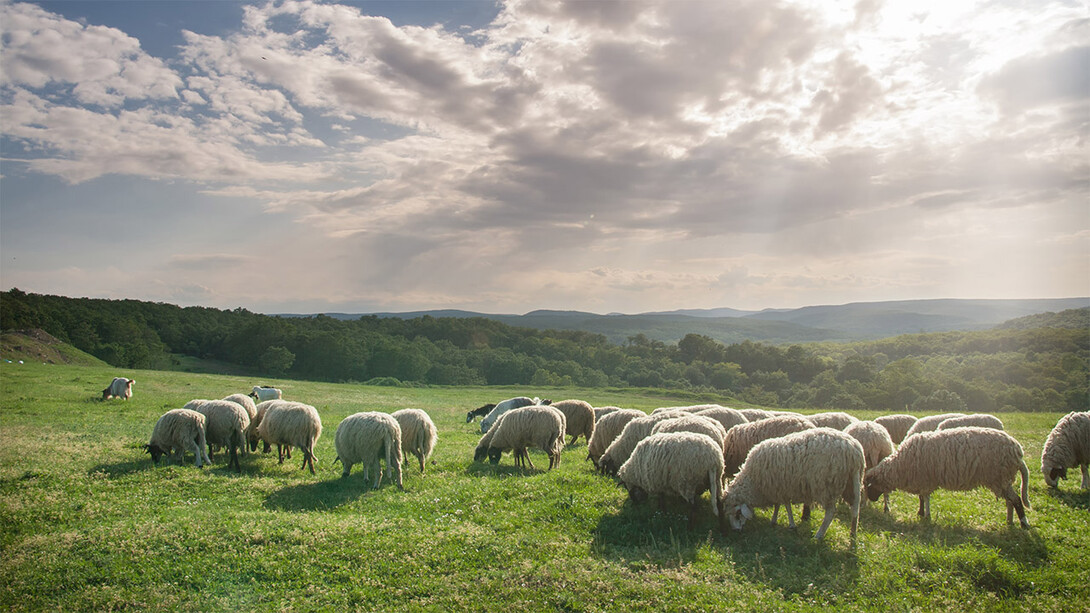
Genetic analysis is an increasingly important and common tool in guiding animal breeding. With the use of genomic information, a growing number of desired traits for livestock that boost herd health and producer profitability are being incorporated into breeding programs. Considerable gaps exist in genetic data collection for the sheep industry, however, and a new research project led by a faculty member in the University of Nebraska–Lincoln’s Institute of Agriculture and Natural Resources aims to build a needed inventory of such data.
The project, funded by a $650,000 grant from the U.S. Department of Agriculture’s National Institute of Food and Agriculture, will develop a database of traits for robustness and climatic resilience. Researchers will assemble current and additional genetic data, as well as performance records, for several major U.S. sheep breeds: Katahdin, Polypay, Rambouillet and Suffolk.

Ron Lewis, professor of animal breeding and genomics in the Department of Animal Science, is the project director.
The sheep industry contributes nearly $6 billion annually to the U.S. economy. Lewis noted that nationally, sheep farms outnumber dairy cattle, pig and broiler enterprises. Distinctive breed-types of sheep are dispersed across a wide range of climates and management systems.
“Breeding robust animals that perform well under these conditions is paramount to the industry’s sustainability,” said Lewis, who serves as the technical adviser to the National Sheep Improvement Program, providing genetic evaluation service for sheep and goat producers across the United States.
Lewis’ research in animal genetics intertwines theory, simulation and field studies in sheep, beef and poultry. He works closely with other researchers in North America, the United Kingdom and Australia.
This NIFA-funded project involves experienced sheep breeders in various U.S. climatic regions, with research done at Nebraska, Purdue University and three of the U.S. Department of Agriculture’s Agriculture Research Service centers. Co-investigators include Brad Freking and Tom Murphy of the USDA’s Meat Animal Research Center in Clay Center, Nebraska.
“By the end of the project, our reference populations in each of the four breeds involved in the study should have more than 3,000 animals with genomic information,” Lewis said. “This will be complemented by performance data on these animals and their relatives.”
That data should improve producers’ understanding of several key traits affecting the robustness and profitability of sheep enterprises, with genomic-enhanced estimated breeding values, or GEBV, generated to help them evaluate those traits. Given that GEBV are more accurate, producers can make better selection decisions that increase the profit potential for their operations.
Because the new study will build sizable reference populations, “we should be in good shape to provide reliable GEBV in these breeds,” Lewis said. “We are already doing so in one of them,” the Katahdin breed.
By integrating genetic data sets, the researchers will be able to comprehensively evaluate traits of robustness, including lamb survival, ewe longevity, gastrointestinal parasitism and udder health. To analyze climatic resilience, the project will record changes in body weights and condition scores across seasons, resilience to environmental challenges, and hair shedding in the Katahdin breed.
The project ultimately aims to provide training to the next generation of scientists with interest in sheep breeding and boost the industry’s long-term competitiveness and advancement.







